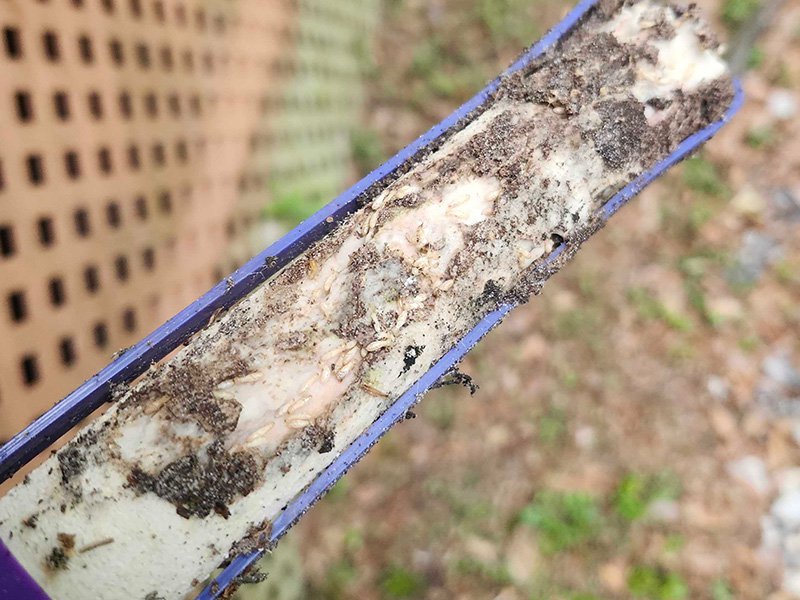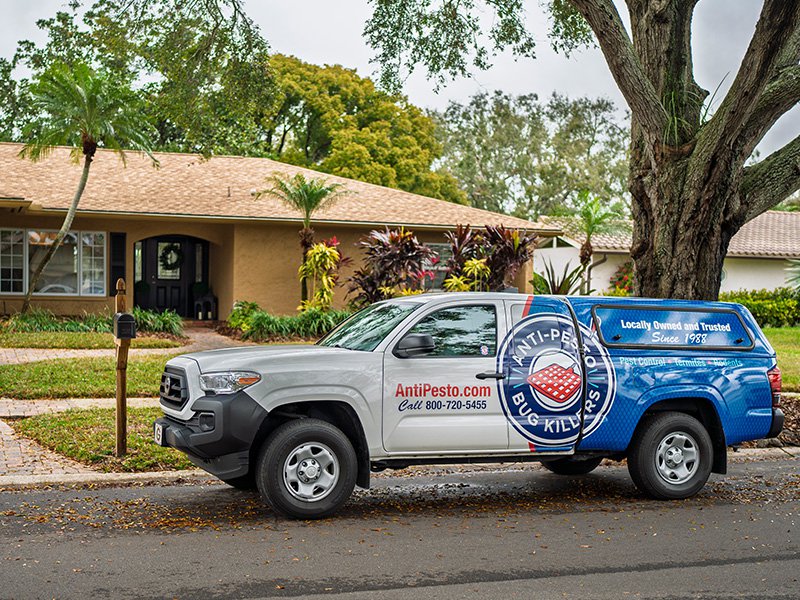Why Subterranean Termites Are a Serious Threat
Subterranean termites cause more than $5 billion in property damage every year. The worst part? Most of that damage isn’t covered by homeowners' insurance because it is considered preventable through routine maintenance. That means repairs, often running into the thousands, come out of your own pocket.
These termites are so destructive because:
- They feed on wood 24/7. Worker termites never sleep and constantly tunnel through wood to feed the rest of the colony.
- They’re hard to detect. They build nests underground and eat from the inside out, so you often don’t know they’re there until the damage is significant.
- They thrive in Florida’s environment. Warm, moist conditions like those in Tampa Bay create ideal breeding grounds for subterranean termites.
What makes things worse is how fast colonies grow. A single mature colony can contain tens of thousands of termites—sometimes more—and infestations can spread quickly if left untreated.
Top Warning Signs of Subterranean Termites
Subterranean termites are stealthy, but they leave behind a few signs. Knowing what to look for can help you catch an infestation before it worsens.
Mud Tubes
These pencil-thin tubes are found along foundations, walls, or in crawlspaces. Termites build them to travel safely between their nest and your home without exposure to dry air or sunlight.
Damaged or Hollow-Sounding Wood
If wood sounds empty when tapped, appears blistered, or has dark patches, termites may be feeding inside. Other signs include doors and windows that suddenly stick; this can happen as wood warps from damage.
Discarded Wings or Swarmers
Reproductive termites (also known as swarmers) emerge in spring to mate. They look like flying ants and only appear for a short time. After mating, they shed their wings and return underground to start new colonies. Piles of discarded wings near windows, doors, or light fixtures strongly indicate that termites are nearby.
Subterranean vs. Drywood Termites: What’s the Difference?
In addition to subterranean termites, drywood termites are also present, and the two behave very differently.
Subterranean termites live underground, need moisture to survive, and build mud tubes to reach food sources. They typically enter homes through the foundation or crawl space and tunnel through moist wood in irregular patterns. They don’t leave behind droppings (frass).
Drywood termites, on the other hand, live entirely within the dry wood they infest. They don’t need high moisture and don’t build mud tubes. Instead, they leave small piles of frass (wood-colored droppings) outside infested wood. They usually enter homes through attics or exposed wood and create smooth, clean tunnels inside.
What to Do If You Suspect Termite Activity
If you’ve seen any of these warning signs or are concerned you may have a termite problem, it’s time to call Anti-Pesto. Termite control and prevention are best handled by trained professionals who can find and eliminate the problem at its source.
Anti-Pesto has been protecting Tampa Bay homes from termites for nearly 40 years. We offer multiple termite treatment options and back our services with renewable and transferable termite re-treatment warranties for qualifying homes.
Don’t let termites eat away at your investment. Contact Anti-Pesto today to schedule an inspection and protect your home from costly termite damage.

















